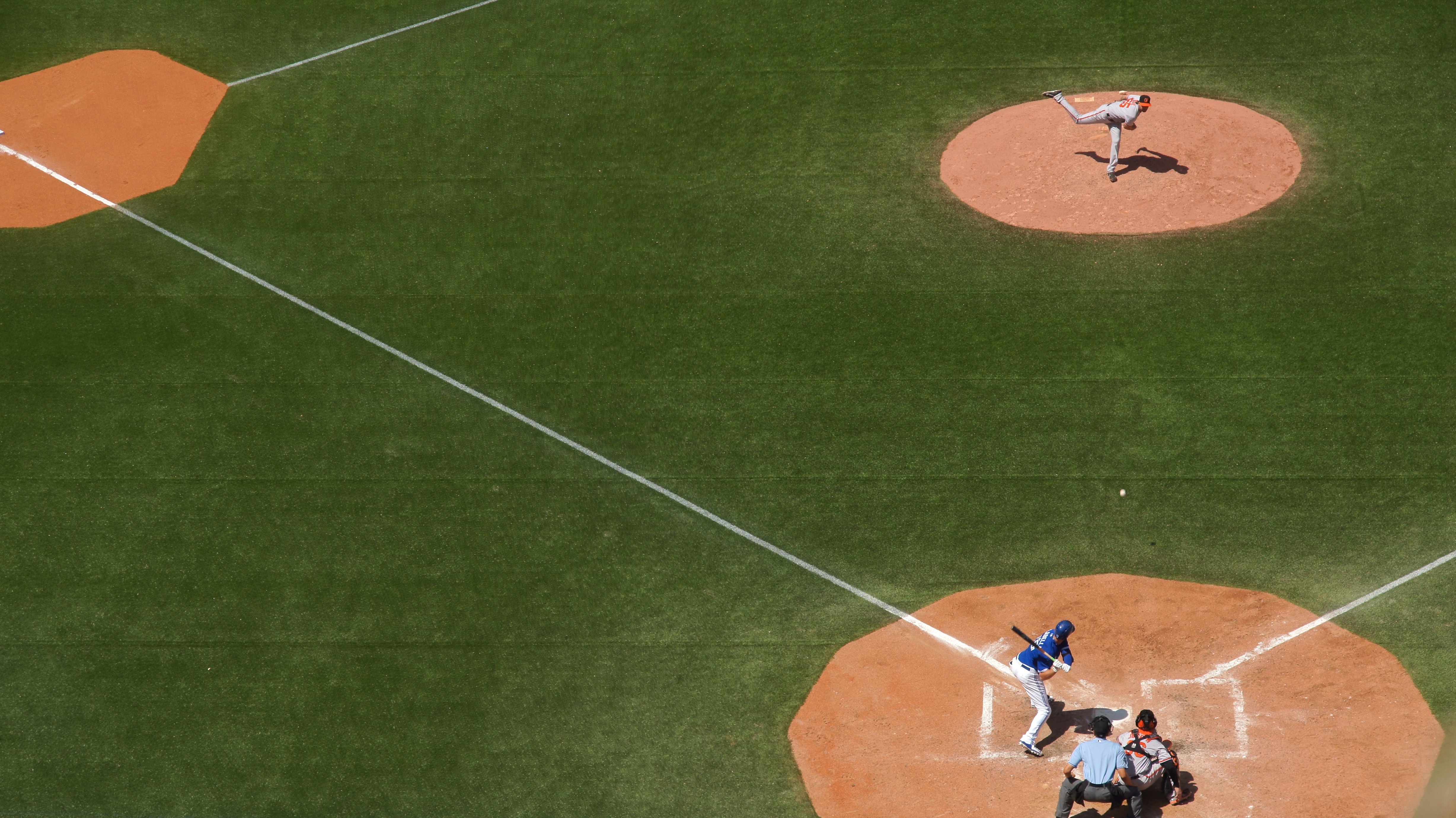Views expressed in opinion columns are the author’s own.
Although we still have more than a month until the season starts, it’s never too early to talk baseball. The offseason typically brings discussion over possible rule changes and this year is no different. In an attempt to shorten the length of games, Major League Baseball has proposed eliminating the intentional walk as we know it. Not only would this rule change do next to nothing to shorten games, it is antithetical to the direction the sport should be taking.
Let me back up for a moment and explain. The intentional walk “occurs when the defending team elects to walk a batter on purpose, putting him on first base instead of letting him try to hit.” When a team wishes to intentionally walk the batter, the catcher will stand a few feet away from the plate to ensure the pitcher throws four balls the batter cannot hit. The strategy of the intentional walk often centers on preventing that particular batter from hitting. Perhaps when there are runners on base and a team’s heavy-hitting designated hitter is at the plate. An intentional walk would ensure he doesn’t hit a home run and allow the pitcher to face the next man who is an easier out. With no runners on base, the intentional walk can also be used to set up a double play scenario for the pitching team.
Now the proposed rule change wouldn’t prevent the strategy of an intentional walk, it would just skip the part where the pitcher has to throw four balls. Therefore, “a team could just signify it wants to issue an intentional walk, and the hitter would be sent directly to first base.” Obviously this change is a small one, but I believe it is without cause.
First, I need to address the suggestion that the rule change would help make games faster. ESPN pointed out, it “would eliminate about a minute of dead time per walk. In an age in which intentional walks actually have been declining — there were just 932 all last season (or one every 2.6 games) — that time savings would be minimal.” That’s only one minute spread over 2.6 games, not a significant decrease.
Some have pointed out at least it would be a statement from the MLB that they are trying to shorten games. And isn’t that worthwhile? The short answer is no. It’s still an ineffective solution to a manufactured problem. As Michael Baumann recently pointed out, long games are not a problem for league revenues or for baseball fans, but “if you keep telling people that your entertainment product is slow and boring, eventually they’ll start to believe you.”
In addition to being a useless change, the new rule would work to undermine the fun of baseball. Part of the game’s central appeal rests in the unpredictable and seemingly unrepeatable moments that arise over the course of a season. It is these plays that defy an easy place in the box score that add to the sport’s charm. To put it simply: Shit happens, and when it does, baseball is better because of it.
With this rule change, we would miss out on future plays like Gary Sanchez’s almost-homer or Miguel Cabrera’s go-ahead single, both off intentional walk pitches. The Society for American Baseball Research has documented 11 cases (not counting Sanchez) where a batter put the ball in play during an attempted intentional walk, including a Ty Cobb triple and a Joe Ferguson single leading to a bench-clearing brawl. Of course the list did leave out cases like pitcher Jack Coombs who “once deliberately struck out while the opposition was trying to walk him, because it was a hot day and he didn’t want to run the bases.” (Gotta love baseball, right?) Though it wasn’t a pro ballgame, it’s also worth mentioning the time Auburn lost to Ole Miss on a walkoff home run in the 13th inning after, you guessed it, an intentional walk went awry.
The rule would also remove the possibility of a wild pitch, thereby making intentional walks more attractive to pitchers. The league should want this deterrent in place. Otherwise, walks would become more common. It seems like a no brainier that if a pitcher wants to send a batter to first, he has to throw the pitches to do it. I hope the league reconsiders this rule and keeps the intentional walk as is. Perhaps on some future October night, when Chris Davis stretches to take a high-and-outside pitch over the wall for an O’s win, you’ll thank me. A guy can dream, can’t he?
Jack Lewis is a junior government and politics major. He can be reached at jlewis20@umd.edu.



